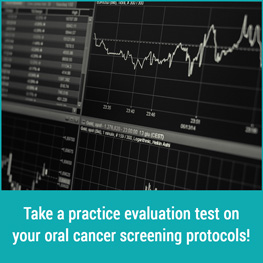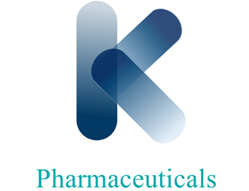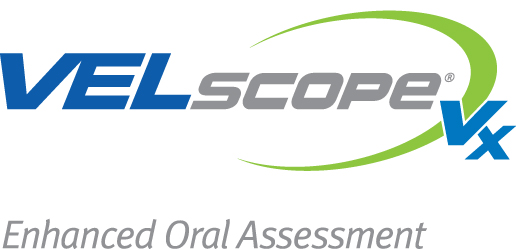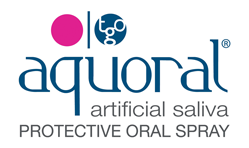March 2020 • Jo-Anne Jones, RDH • Apteryx
Take a practice evaluation test on your oral cancer screening protocols!
At the time of writing this blog post, our worldwide concern and attention is on the total number of cases of the novel coronavirus, which is approaching and will undoubtedly exceed the 50,000 mark. We have watched in horror as these numbers have grown incrementally each day. At the same time, we are home-bound in self-isolation and unable to practice in our chosen profession. It is a time to reflect.
There is another affliction of over 50,000 cases which continues to rise each year and that is oral cancer. The American Cancer Society reports that about 53,260 people will get oral or oropharyngeal cancer in 2020. An estimated 10,750 people will die of these cancers and only slightly more than half will be alive in 5 years. This is a number which has not significantly improved in decades. These cancers are twice as common in men as in women. The escalation of oropharyngeal cancer linked to a persistent high-risk strain of the human papillomavirus (HPV) has been fueling this increase.
When you compare the second paragraph to the first, our emotional barometer is somewhat more accepting and less apprehensive. It may be because we feel we understand the risk factors for oral and oropharyngeal cancer, whereas we feel completely vulnerable to the coronavirus despite our best efforts. Of course there is truth in this statement – however, at this time, all those who are sexually active have the capability of contracting the human papillomavirus. The majority of the population will clear the infection and may or may not be aware of its existence.
At this time, we are trying to maintain some sort of structure and, above all, purpose to our lives. There is something we can do. There is something we don’t need to feel powerless in. As April and Oral Cancer Awareness Month approaches, we have an opportunity to gather our team members together remotely and review our oral cancer screening protocols.
The following list is a self-assessment along with resources for your team to review with an objective to ensure that you are offering your patients the best possible opportunities to discover any oral abnormality in its earliest stage.
- Is your team aware of the ADA policy amendment to our oral cancer screening protocol and how this impacts your practice?
https://www.dentistrytoday.com/news/todays-dental-news/item/5695-how-the-ada-oral-cancer-policy-amendment-will-affect-your-practice - Are you performing a complete head and neck examination including an oral cancer screening at least 1x/year on all adult patients?
https://www.youtube.com/watch?time_continue=11&v=q9kPdQMyU40&feature=emb_logo - Does your clinical team use magnification (loupes) and a light source?
- Are you using any adjunctive screening techniques such as VELscope to see what may not have been apparent with white light examination?
- Are your patients aware of the fast growing sexually and virally transmitted oral/oropharyngeal cancer profile?
https://oralcancerfoundation.org/resources/oral-cancer-answers-podcast/
https://dentalacademyofce.com/courses.aspx?orderby=course&q=HPV - Do you have any printed material on the new profile for oral cancer?
https://www.ocfstore.org/ - Is there updated information on the link between HPV and oral cancer on your website?
- Are you enrolling your patients in self-examination?
https://checkyourmouth.org/wp/ - Does your medical history questionnaire involve any questions about HPV?
A time to make some positive changes, have an empowered team and offer your patients every possible opportunity for earlier discovery.
Stay positive and stay well.











